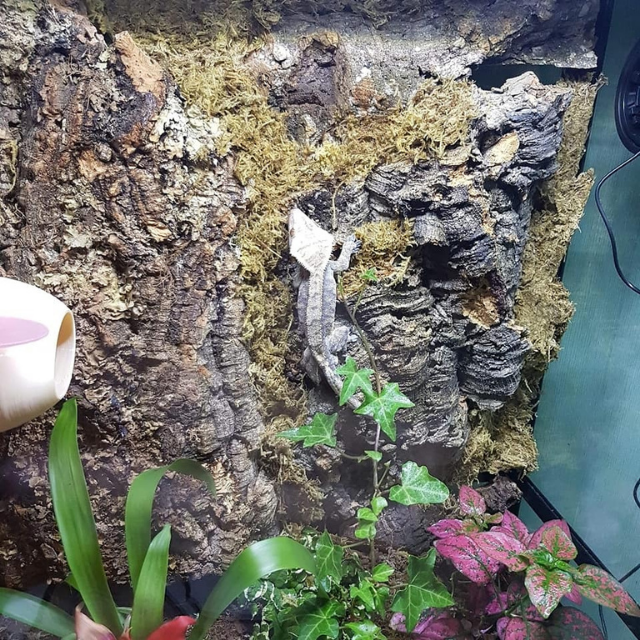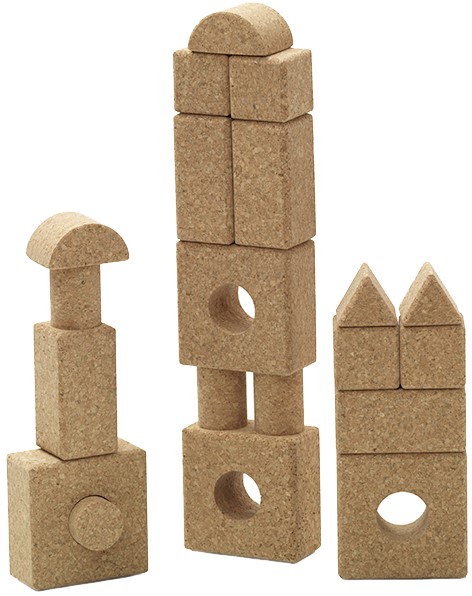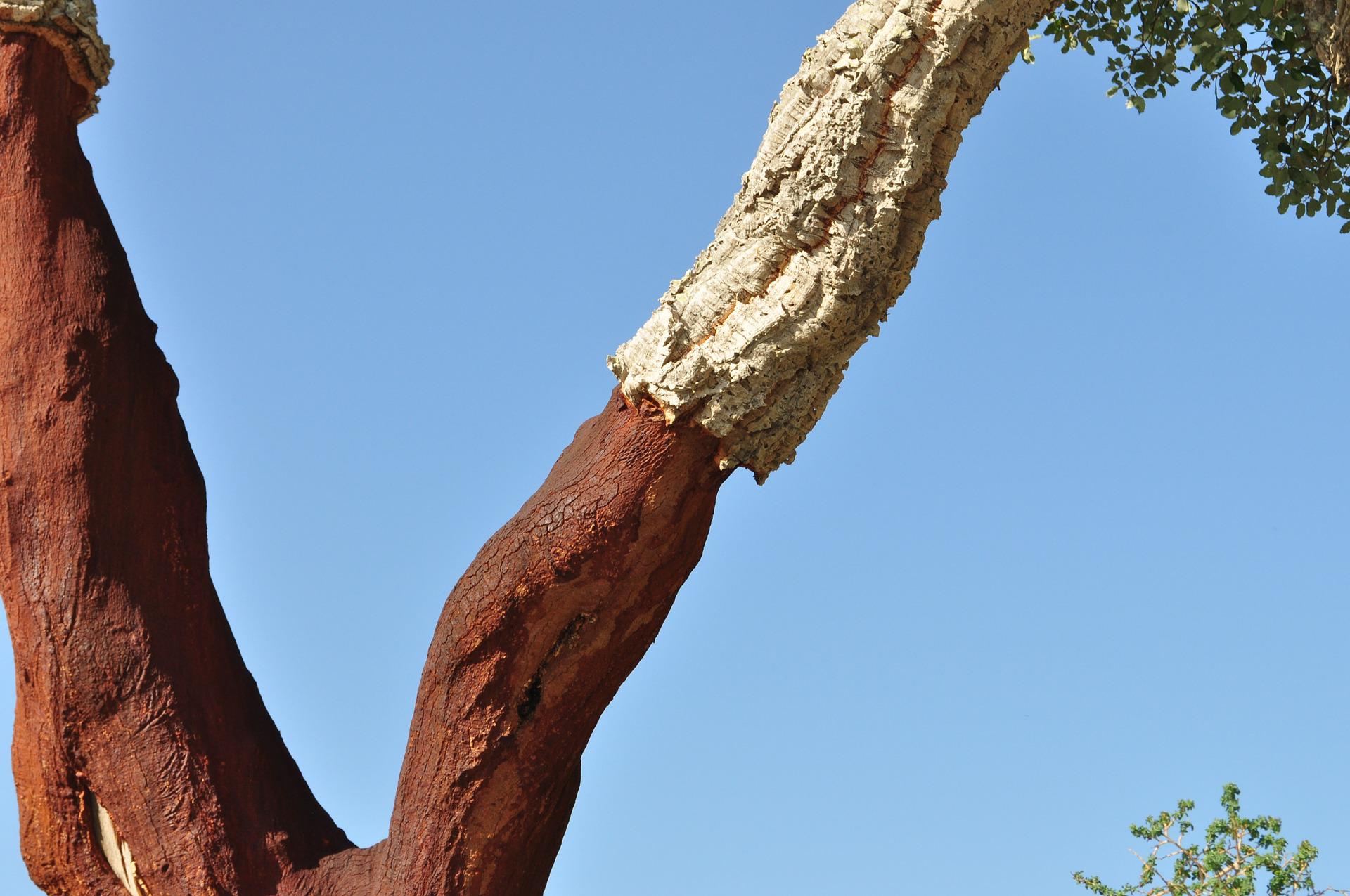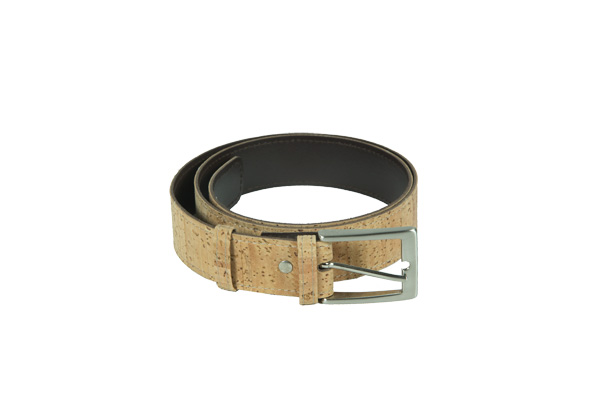Where Does Cork Come From?
You have probably heard that cork as a material is very eco-friendly – but why? Obviously, it’s more natural than synthetic materials like plastic, but is there really a difference between a wooden yoga block and a cork yoga block? After all, the cork is made of wood.
But what is amazing about cork is not only the material itself which is natural but also the way the cork is produced. The cork is made from the bark of the cork oak tree (also known as Quercus Suber), and this bark can be harvested again and again without cutting down the tree, so that the same tree produces cork for many years.
So what’s the process?
First of all – it takes about 25 years until the tree is ready for its first harvest. The tree needs to reach a circumference of about 28″ when measuring the part that is at a height of about 5′ from the ground. The first cork harvested from the tree is not the same cork that will come next time. This is called “virgin” cork and its structure is not very uniform. It can be used for certain (mostly decorative) purposes but is less suitable for the manufacture of other products such as cork stoppers.
After the cork is harvested, the bark renews itself and can be harvested again every 9 years, for about 150 years!! While the first cork produced is not uniform enough to be used for the production of all the cork products we are familiar with (and the second harvest is not quite uniform enough either), by the third harvest, the bark is relatively smooth both inside and outside. This is what is needed to make the products we know (and love!).
The process of harvesting the cork is not simple and the expertise of the harvester greatly affects the quality of the cork produced. For example, the larger the piece of bark that is harvested, the more valuable it is. The art of cork harvesting is often passed down from generation to generation, with all the secrets to proper cork peeling and how to maximize the cork harvested from each tree.
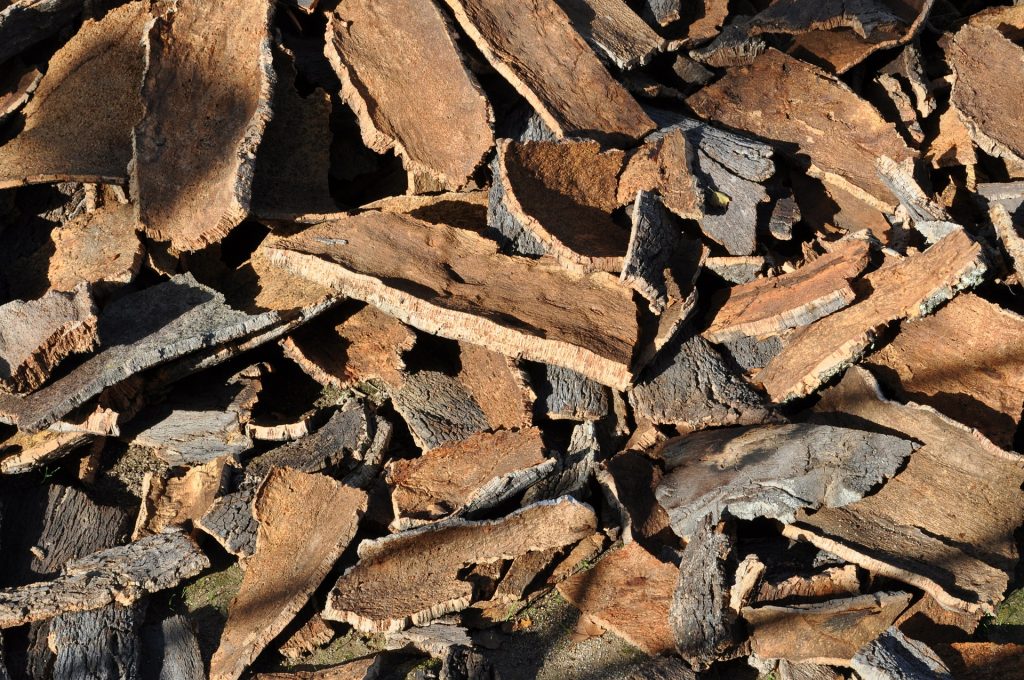
After the cork barks have been collected, they “stabilize” for six months, under concrete slabs. At this stage, it is very important to preserve the cork and make sure that it does not come in contact with substances that can be harmful. Therefore, the cork wouldn’t be placed on wooden pallets for example, which may contain parasites that will destroy the cork.
After half a year of stabilization, the cork is boiled in large vats to disinfect them. After the disinfection phase, the cork is classified according to quality, which determines what to do with each piece. For example, you may have noticed that not every wine cork looks the same. Some corks are made of “natural” cork – that is, cork cut from the bark in its natural form into a cork stopper – and some corks are made of agglomerated cork – which is actually cork that has been ground up and put back together in the shape of a cork stopper. This agglomerated cork is also used for bulletin boards we see that are made of granular grains.
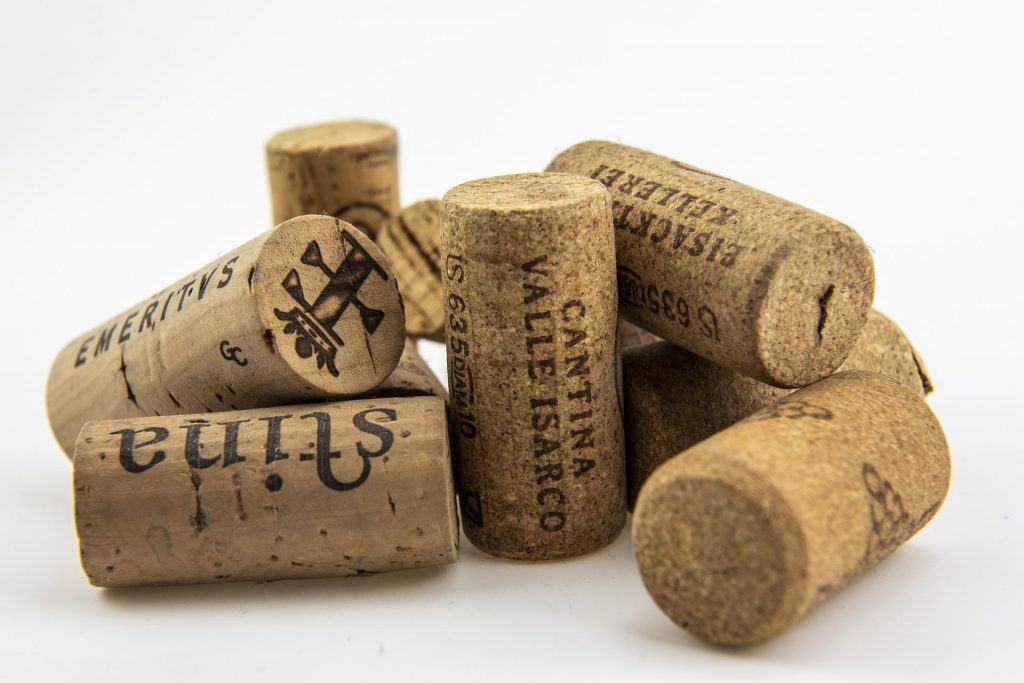
The corks (and other products) made from cork granules can be made more easily – you can use smaller or thinner pieces of bark. Therefore, these corks are often cheaper. Its structure is such that it is also more fragile and less durable over time, so we will usually see it as a wine cork for wines intended for relatively quick drinking (within a few years).
This use of cork granules to create products also makes the cork very eco-friendly – pieces that are not the right size or thickness aren’t thrown out but rather used to produce hundreds of products we use every day – billboards, trivets, yoga blocks, stoppers for bottles and jars and more!
Cork is a natural, hypoallergenic, light and insulating material – and now you also know why it is particularly eco-friendly too!



